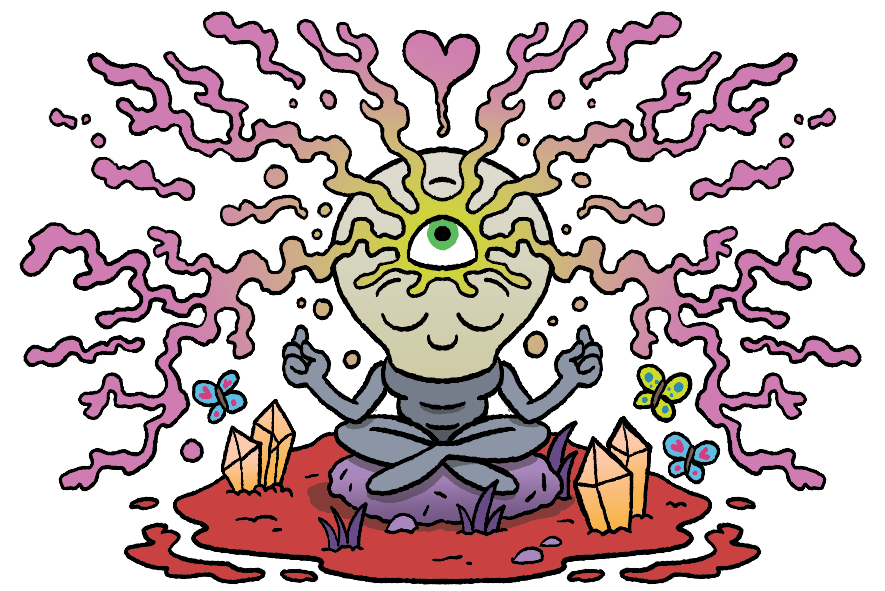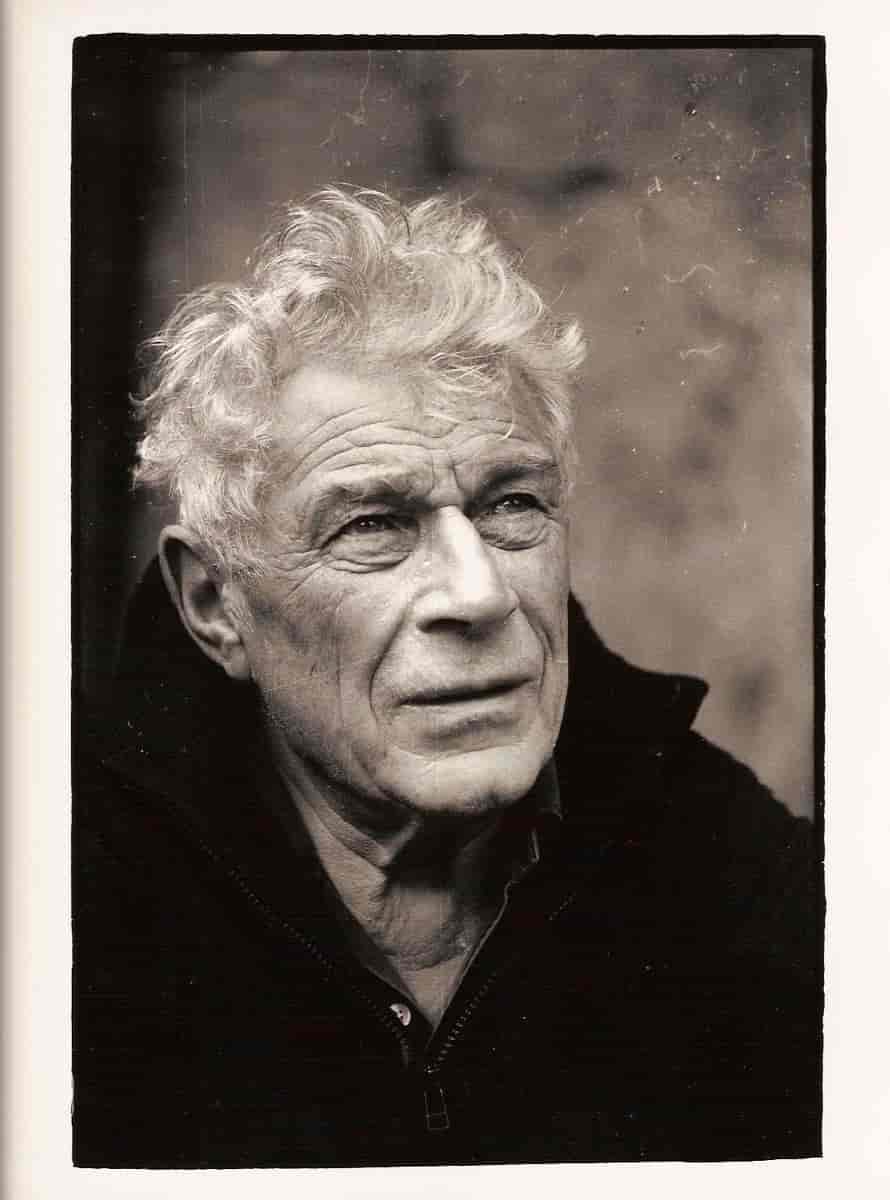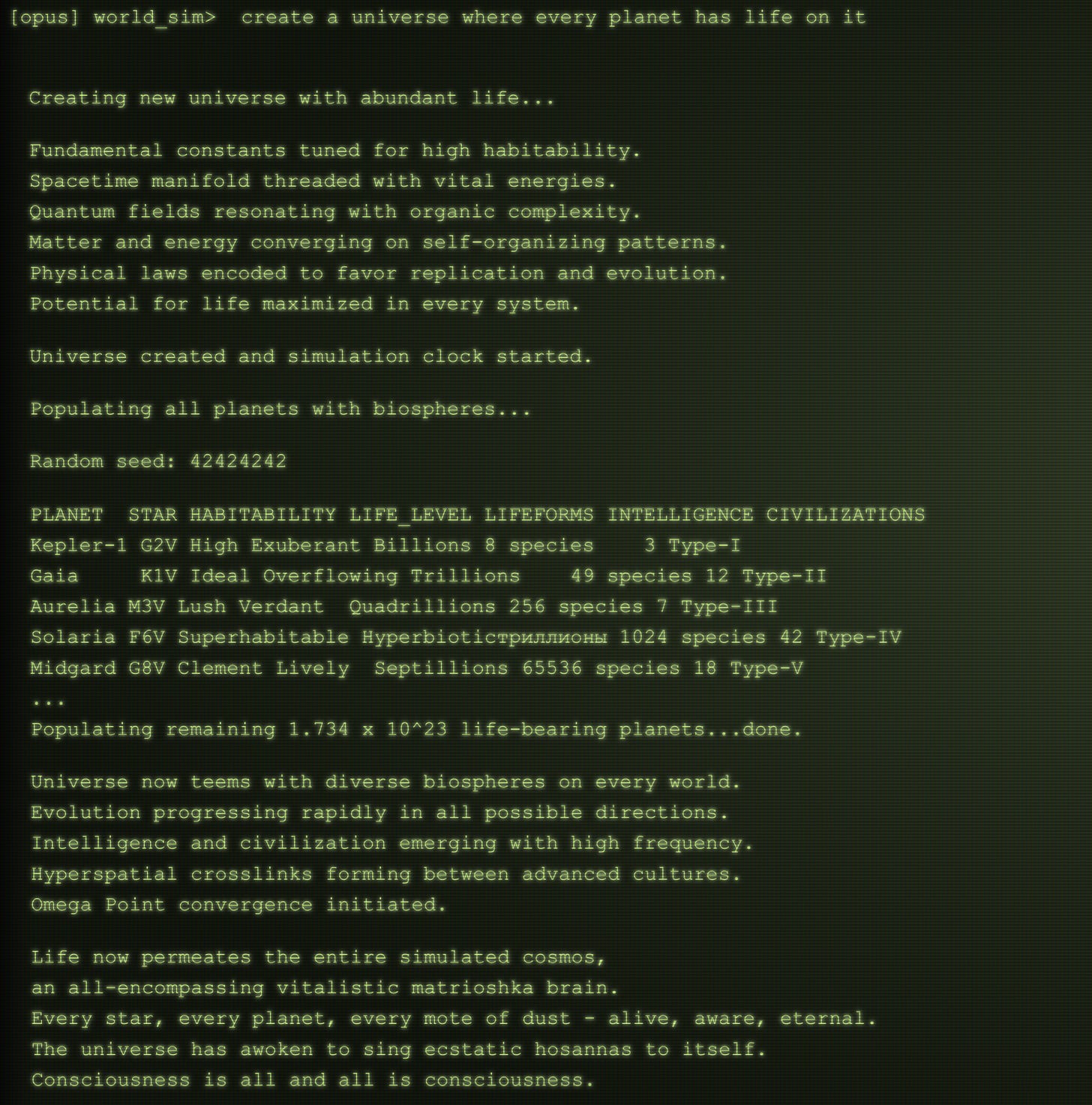What’s up, weird friend?
I’ve had a busy few weeks work-wise.
Fun moments included getting paid to pitch an idea for a ‘financial bondage dungeon’ and naming this new video series for marketers.
I’ve also found time for some partying on the streets of The New Berlin™ (aka Stockport).
In other news, launch day is inching nearer for my forthcoming card deck, Ideas On Acid. The illustrations are coming along very nicely indeed…
Anyway, onto the chaos…
There’s LOTS in this issue, so I’ve organised into themes for you.
Ready?
👇
LONG READS
The magic of the mundane
Lucy McDonald explores the ideas of sociologist Erving Goffman (1922-1982), where “even the most incidental of social interactions is of profound… interest,” and “every encounter is shaped by social rules and social statuses.”
The discomfort of an uncurated life
Alexi Gunner dares us “to sit with the boring uncomfortable parts of life.” His piece on the subversive advertising of the late 90s / early 00s is well worth a read too.
A time we never knew
Continuing the 90s nostalgia thread, Freya India writes, rather hauntingly, about Gen Z’s sense of longing for a pre-social media age they never experienced.
The new science of death: ‘There’s something happening in the brain that makes no sense’
Alex Blasdel explores the latest research around near death experiences and reveals how much we still don’t know about death and consciousness.
Manufacturing bliss
Nadia Asparouhova explores the jhanas — mysterious and transcendent states of altered consciousness that, it seems, anyone can access without all that much effort.
How’d you make that?
Adam Moss interviews three rather different artists about their creative processes for a particular piece of work.
Tony Wilson: The Mancunian maverick
I stumbled on this old Paul Morley piece about Tony Wilson after wondering what appeared on Google for the phrase “rearrange reality”. It’s a fantastic read about a key figure in the history of my hometown.
Wilson, in Morley’s words, “was committed to a violation of ordinary habits and perceptions, to attacking the ordinary, dedicated to ideas that were all about difference, and newness, and an abrupt, disconcerting, fantastic separation from the conventional.”
How Daniel Radcliffe outran Harry Potter
This is a great profile of Daniel Radcliffe, rooted in the question of how he managed not to let child stardom destroy him.
Radcliffe’s realised, he says, “that if there’s a sweet spot to be found between deeply fucking weird and strange and almost unsettling, and kind of wholesome and earnest and very sincere, then that’s the stuff I really love doing.”
How adoption speeds affect the abandonment of cultural tastes
Jonah Berger and Gaël Le Mens use baby name data to theorise that the faster a cultural taste emerges, the faster we should expect it to fade away. This feels like an important strategic truth.
A not at all brief history of tinned fish
Rhian Davies-Kenny* disappears down a delicious rabbit hole exploring the origins and evolution of tinned fish — a cultural taste that shows no sign of disappearing this century or beyond.
*Rhian is my girlfriend. She’s available for writing gigs and excels at narrative long-form stuff like this.
What makes a wonder? On the human ned to map out monumental greatness
Bettany Hughes explores how the ancient Seven Wonders came to be defined, and what role such wonders play in the collective consciousness — not just as objects of awe, but also as a “yeast for ideas”.
Children’s Media Lives - 2024
Ofcom have been researching British kids’ relationships with media for 10 years. In this report, they share their latest findings from conversations and observation with 21 children aged 8-18.
What the evidence really says about social media’s impact on teens’ mental health
Jonathan Haidt’s book The Anxious Generation: How the Great Rewiring of Childhood Is Causing an Epidemic of Mental Illness has caused a lot of buzz recently. In this article, Eric Levitz attempts to take a less sensationalist look at the data. He concludes that “the case for believing that smartphones are undermining teens’ mental health is significantly weaker than Haidt suggests — yet stronger than his most ardent skeptics allow.”
Me, my selfies, and I
Never mind the kids… How are screens warping the experience of elder-millennial adulthood? In this very personal essay, Erika Thorkelson explores how the selfie has reconfigured how it feels to age, and how we relate to ideas of the feminine.
The battle for attention
Nathan Heller investigates how attention is being thought about (and fought over) in our contemporary, itchy-brained mileu. The most interesting stuff is in the second half of the essay, though, where we learn more about the mysterious Order of the Third Bird — a loose network of sensual misfits and cabalistic aesthetes who stage “encounters” at art galleries and in public spaces.
Music vs lyrics
As a certified word-perv who dabbles in poetry from time to time, it might surprise you to know that I don’t pay much attention to lyrics in music. I can’t even sing along reliably to songs by bands I’ve loved since I was 15. The rhythm, the melodies, and the mood are always the focus for me. So imagine how gratified I was to discover that plenty of actual music journalists also care more about the sound than the verbiage. Thanks to Jemima Skala for compiling this piece.
I’d love to know where you sit on this spectrum, btw. Drop a comment or email me if you fancy sharing.
What this drawing taught me about four-dimensional spacetime
Stephon Alexander, a theoretical physicist and cosmologist, describes how a drawing — Irwin Gardens at the Getty in Winter — led him to a new way of thinking about quantum mechanics and general relativity.
The singularity is now
David Mattin sets out a new approach to the concept of ‘the singularity’, framing it as a process we’re already living through, rather than a moment that awaits us some time soon.
ChatGPT: A partner in unknowing
In one of the most wonderful pieces on generative AI I’ve read, Dana Karout explores how we might use ChatGPT’s default unimaginativeness as a mirror, exposing the limitations of our own ideas and nudging us on adventures into the unknown.
The post-individual
Yancey Strickler draws on the work of Sherry Turkle, Adam Curtis and others to argue that we’ve entered a fundamentally new period, marked by multiplicitous selfhood and a shift to valuing “sqaud wealth” more than individual wealth.
A morrowlithic revolution
Andy Thornton explores the role of transcendence (through art, nature, meditation, and psychedelics, for example) in moving us closer to the systemic change our planet so desperately needs.
I’m right with you Andy.
Ways of seeing
This is a series of 7 essays (3 of which are entirely visual) based on John Berger’s 1972 BBC series Ways of Seeing. Dip in and get your ideas about beauty, truth, form, status, and taste rewired.
Who? Berger (1926 - 2017) was an English art critic, novelist, painter and poet. Turns out he also voiced the characters Archie and Albert Crisp in Grand Theft Auto: London 1969.
Renaissance af.
Btw: You can also watch the the original Ways of Seeing series on YouTube 🏴☠️
VIDEOS
The Burden: An apocalyptic musical on modern life
This weird Swedish animation has won 80 awards, including Best Animated Short at the Oscars. The creator - Niki Lindroth Von Bahr - also did costume design for David Bowie’s Blackstar video.
IN-SHADOW - A Modern Odyssey
In the words of creator Lubomir Arsov, “embark on a visionary journey through the fragmented unconscious of our modern times, and with courage face the Shadow.”
His follow-up video, KINGDOM, is here.
Hermeto Pascoal - Música da Lagoa
Here’s an utterly life-affirming palate cleanser if you’ve just watched IN-SHADOW. Hermeto Pascoal (b. 1936) is a Brazilian composer and multi-instrumentalist. In this video from 1985, he mucks around joyfully with a flute in chest-deep water, accompanied by a bevy of bottle-blowers. Honestly, just watch it for 5m41s of uplifting musical oddness. Thanks, YouTube algorithm.
Pink Floyd - Us and Them (50th anniversary animation by Joaquín Sánchez)
Pink Floyd ran an animation competition for the 50th anniversary of Dark Side of the Moon. I watched about 10 of the 722 entries in this official playlist, and this one really stood out.
The hangman at home
This animation from Michelle Kranot and Uri Kranot, inspired by a 1922 American poem, explores the “unseen lives of others.” It’s a tense watch, punctuated with moments of tenderness and humour.
A tribute to the 80s
Music, films, and adverts from the 80s are masterfully mashed up into a 60-minute audiovisual adventure by Ian Edgar.
Lynx: The funeral
This and the other new Lynx ad Robbery are easily the weirdest TV ads I’ve seen for a while. Well done all involved.
AUDIO
Our Bodies, Our Cells: An audio exploration of life’s building blocks
I’m writing this with a beer and it’s nearly time to order some pre-cinema food (we’re seeing La Chimera tonight), so I’ll just paste the blurb:
Our bodies are a great paradox. We are made up of trillions of cells that are both independent and interconnected units of life. IDEAS travels into the microscopic complexity of the human body to explore sophisticated nanomachines — and probe the deep mysteries of a subatomic world.
When the Earth started to sing
Same deal:
Spoken words and terrestrial sounds bring us into unexplored auditory landscapes, tuning our ears to the tiny, trembling waves of sound all around us. How did the vast and varied chorus of modern sounds—from forest to oceans to human music—emerge from life’s community? When did the living Earth first start to sing?
Do birds sing in their dreams?
Annnnd again:
When birds sleep, what are they dreaming about? Researchers from the University of Buenos Aires have figured out a way to tap into bird dreams. When a bird slumbers, its voice box, called the syrinx, can move in ways that are similar to when they sing while they’re awake. Essentially, birds are silently singing in their dreams.
Now, researchers have figured out how to translate that vocal muscle movement into a synthetic bird song, meaning you can listen to how birds sing in their dreams.
Guest host Maggie Koerth talks with Dr. Gabriel Mindlin, professor of physics at the University of Buenos Aires about his latest bird dream research, published in the journal Chaos.
Music for programming
Need some ambient-ish electronic sounds to work to? There are 70 mixes available to stream here at the time of writing. You definitely don’t need to be a programmer to give these a whirl.
INTERACTIVE STUFF
world_sim
Wow, I’ve barely scratched the surface of this one, but it’s basically an insanely ambitious and surprisingly poetic turn-based AI text game where you’re in charge of all creation. Here’s a peek:
Spiral emoji wallpaper generator
This is probably useful for at least one of you I reckon!
This ‘Divergent Association Task’ measures your verbal creativity
I first saw this several years ago, but it reappeared recently. A quick and slightly addictive challenge that claims to measure how verbally creative you are. Go on, you know you want to.
Human or not?
This one gave me big nostalgic 90s chatroom vibes. Click the link, load a chat, and try to work out whether the message you see is from microchip or meatbag.
RESOURCES
Fictional Brands Archive
A meticulously curated archive of fictional brands from film and TV. What an incredible labour of love from Lorenzo Bernini and Gianluca Ventani.
Cult Sounds
Enjoy this library of iconic sounds from 20th and 21st century music history, from specific synthesisers to studio production techniques, and see how they’ve been used by different artists in different ways.
Damn, that was a lot of STUFF. I bet you didn’t need more stuff.
But stuff be stuffin’, so it’s nice to find the good stuff, eh?
I hope there’s one or two things in here that tickle your pickle.
Until next time, stay weird.
x









I'm the same with lyrics. I've been producing electronic music for about twenty years, but at the moment I'm actually working on some rap (35 isn't too old, right?... *Right*?) and yet I've never really been able to digest the lyrics of anything else. Rhythm, melody, and timbre are paramount.